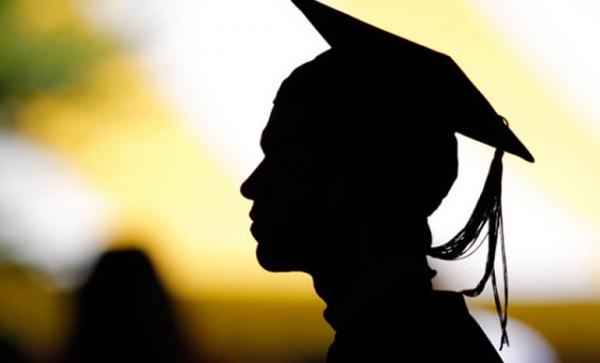Present Position Of Higher Education

India with more than a billion residents has the second largest education system in the world after United States and China. The main governing body at the tertiary level is the university Grants commission, which enforces its standards, advises the government, and helps coordinate between the centre and the state. The counter image of India as a youthful engine of economic growth where many urban based citizens worked in some of the best technology-centered jobs in the world, males in India complete just 2.9 years of schooling on an average, females just 1.8 years1. And for the small proportion that do persist through primary and secondary schooling, the quantity of instruction varies widely, depending on the region of the country and whether one is enrolled in a state supported public school or fee-based private school.
Indian higher education system has expanded at a fast pace by adding nearly 20,000 colleges and more than 8 million students in a decade from 2000-01 to 2010-11. As of 2011, India has 42 central universities, 275 state universities, 130 deemed universities, 90 private universities, 5 institutions established and functioning under the State Act, and 33institute of national universities. Other institutions include 33,000 colleges as government Degree College and Private Degree Colleges, including 1800 exclusive women's colleges, functioning under these universities and institutions as reported by the UGC in 2012. The emphasis in the tertiary level of education lies on science and technology. Indian educational institutions by 2004 consisted of a large number of technology institutes. Distance learning and open education is also a feature of the Indian higher education system, and is looked after by the Distance education council. Indira Gandhi national Open University is the largest university in the world by number of students, having approximately 3.5 million students across the globe.
Public report of basic education on 1999, India's main competitors — especially China but also Singapore, Taiwan, and South Korea — are investing in large and differentiated higher education systems. They are providing access to large numbers of students at the bottom of the academic system while at the same time building some research-based universities that are able to compete with the world's best institutions. The recent London Times Higher Education Supplement ranking of the world's top 200 universities included three in China, three in Hong Kong, three in South Korea, one in Taiwan, and one in India (an Indian Institute of Technology at number 41— the specific campus was not specified).
These countries are positioning themselves for leadership in the knowledge-based economies of the coming era.There was a time when countries could achieve economic success with cheap labour and low-tech manufacturing. Low wages still help, but contemporary large-scale development requires a sophisticated and at least partly knowledge-based economy. India has chosen that path, but will find a major stumbling block in its university system.
India's colleges and universities, with just a few exceptions, have become large, under-funded, ungovernable institutions. At many of them, politics has intruded into campus life, influencing academic appointments and decisions across levels. Under-investment in libraries, information technology, laboratories, and classrooms makes it very difficult to provide top-quality instruction or engage in cutting-edge research. The rise in the number of part-time teachers and the freeze on new full-time appointments in many places has affected morale in the academic profession. The lack of accountability means that teaching and research performance is seldom measured. The system provides few incentives to perform. Bureaucratic inertia hampers change. Student unrest and occasional faculty agitation disrupt operations.
Nevertheless, with a semblance of normality, faculty administrators are able to provide teaching, coordinate examinations, and award degrees. Even the small top tier of higher education faces serious problems. Many IIT graduates, well trained in technology, have chosen not to contribute their skills to the burgeoning technology sector in India. Perhaps half leave the country immediately upon graduation to pursue advanced study abroad — and most do not return. A stunning 86 per cent of students in science and technology fields from India who obtain degrees in the United States do not return home immediately following their study.
To compete successfully in the knowledge-based economy of the 21st century, India needs enough universities that not only produce bright graduates for export but can also support sophisticated research in a number of scientific and scholarly fields and produce at least some of the knowledge and technology needed for an expanding economy.
A combination of specific conditions and resources are needed to create outstanding universities. That is:
Sustained financial support, with an appropriate mix of accountability and autonomy. The development of a clearly differentiated academic system including private institutions in which academic institutions have different mission, resources, and purpose. Managerial reforms and the introduction of effective administration.
Sources
- The Hindu
- National centre on education and the economy (2006)
- A profile of the Indian education system by Kartik Murlidharen (2005)
- Public report of basic education on 1999,
The author of this article is Assistant Professor, Pioneer Institute of Professional Studies





